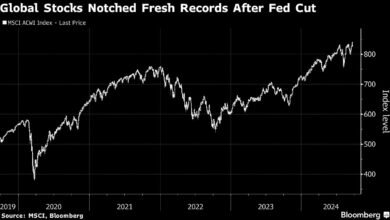Should You Buy the Post-Earnings Dip in Target Stock?

Target (TGT) shares tanked as much as 10% on Aug. 20 after the retail giant reported market-beating financials for its Q2 but guided for a low single-digit percentage decline in full-year sales.
On Wednesday, the retail chain giant named Michael Fiddelke its next chief executive, set to replace Brian Cornell on Feb. 1.
Fiddelke is currently the chief operating officer at TGT and has been with the NYSE-listed firm since 2003. Including the post-earnings plunge, Target stock is down roughly 30% year-to-date.
According to Michael Fiddelke, he will step into the top role at Target with three priorities in mind.
-
Using technology to transform Target into a more efficient business
-
Improving the overall customer experience to boost engagement across all channels
-
Reclaiming the firm’s reputation for stylish and unique assortments
If executed well, all three of his priorities stand to reignite investor interest in TGT shares in 2026.
Note that the retail stock currently pays a lucrative dividend yielding 4.64%, which makes it all the more attractive to own for the longer term.
In a post-earnings interview with CNBC today, a senior UBS analyst, Michael Lasser, argued TGT could have pleased its shareholders with naming an external candidate as its next chief executive.
According to him, the market was hoping for “an agent of change” – someone who could make notable changes at Target to “improve the overall trajectory of the business.”
However, with Fiddelke’s appointment, investors now believe “it’s going to be more of the same,” the UBS analyst added on “Squawk Box.”
While Lasser remains bullish on Target shares as a long-term holding, he agrees that they “do lack a near-term catalyst without a doubt.”
Despite ongoing challenges and underperformance, TGT shares haven’t fallen entirely out of favor with Wall Street analysts.
According to Barchart, the consensus rating on Target stock sits at “Hold” only, but the mean target of about $108 indicates potential upside of more than 10% from current levels.
Source link





